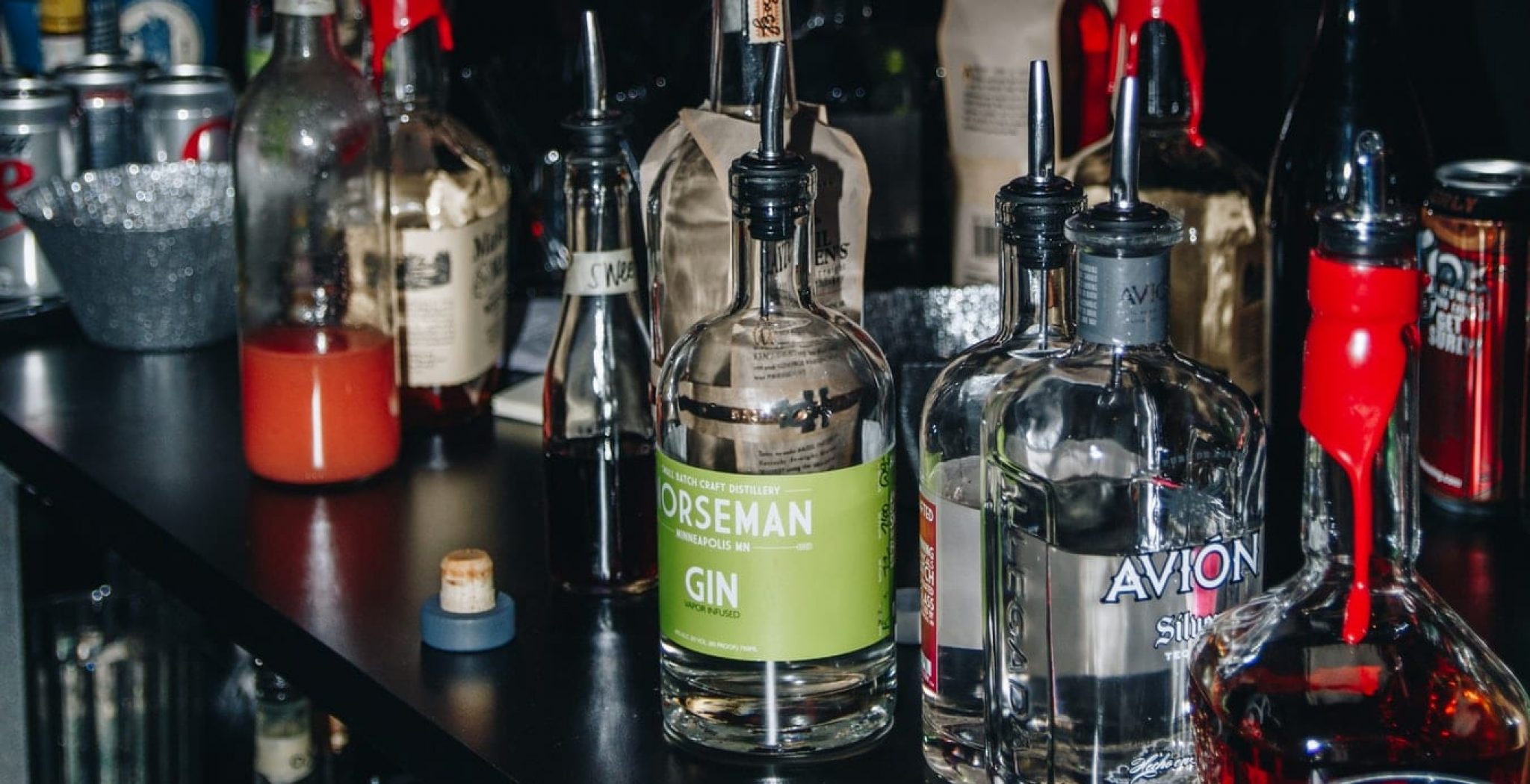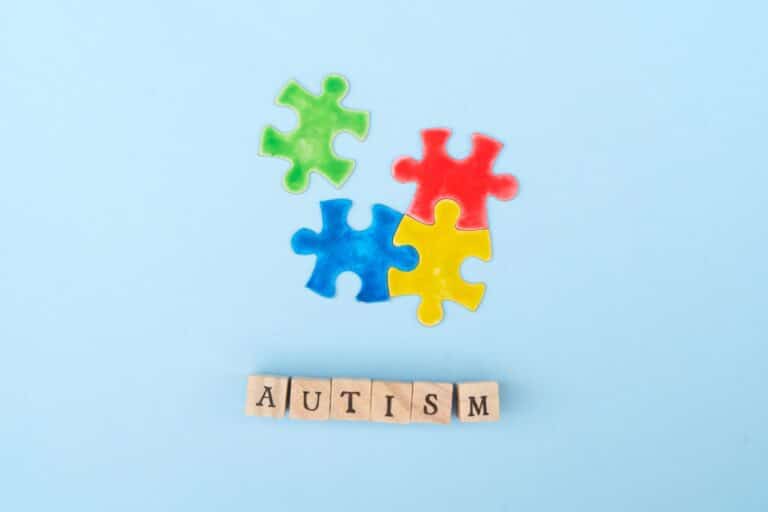A national survey found that 33% of full-time college students reported binge drinking in the past month.
Binge drinking in high school and college is probably a lot more common and normalized than you think. After all, if it seems like everyone else is doing it, why shouldn’t you?
The truth is that binge drinking, even if it is a common practice for young people, can lead to severe, long-lasting problems. What is binge drinking? What should you know to keep yourself and your friends safe?
To learn more about binge drinking and how it can affect you, keep reading below.
What Is Binge Drinking?
Binge drinking is when there is a pattern of a large amount of alcohol consumed by a person. If you’re consuming an excessive amount of alcohol in one sitting, you’re binge drinking.
For men, an excessive amount would be around 5 drinks in 2 hours. For women, an excessive amount would be about 4 drinks in 2 hours.
It is the most common and deadly pattern of uncontrolled alcohol use in the country.
This type of alcohol use is most common in young adults between the ages of 18 and 34. It is also more common in men than women.
Are You an Alcoholic if You Binge Drink?
Binge drinking is a risk factor for future alcohol abuse and addiction. Does this mean that you aren’t already abusing alcohol when you binge drink?
Someone who is binge drinking is abusing alcohol, but they aren’t automatically an alcoholic.
It’s a myth that only alcoholics binge drink. This myth is dangerous because it makes younger people, like high school or college students, think that they don’t have to be as worried about their use.
“Having another drink doesn’t seem like a big deal because I can’t be binge drinking. I’m not an alcoholic, so what I’m doing is obviously not the same thing!”
The truth is that binge drinking is dangerous for anyone, but it can be especially dangerous for younger people because it isn’t deemed as being a concern.
Effects of Alcohol by BAC Percentages
Anyone that has had more than a couple of alcoholic drinks in a sitting knows that the effects of alcohol on a person change as more is consumed.
BAC, which stands for blood alcohol content, is a way to measure the amount of alcohol in a person’s blood. As you drink more, your BAC will go up.
The legal limit to operate a vehicle in any state is .08% BAC. Other than that, it may not be something that you pay much attention to. Knowing the effects of alcohol on your body and understanding the severity of changes that occur as you drink more is important to prevent alcohol misuse.
0.020-0.039% BAC
This level of BAC will result in a slight happy sensation and less nervousness or timidity. A person is relaxed, but they are not losing their coordination or senses.
They can still control their body movements with ease and the depressive effects of alcohol are not obvious.
0.040-0.059% BAC
At this stage, a person is feeling relaxed, has lower inhibitions, and feels less cautious. Some may experience a warm sensation in the body and others may begin to feel euphoric at this BAC level.
0.06-0.099% BAC
This is where impairments of speech, balance, reaction, hearing, and vision begin. A person has less control over their physical actions and has fewer inhibitions. They also start to experience a feeling of happiness or euphoria.
0.100-0.129% BAC
This level of BAC will result in poor judgment, impulsive decision-making, and loss of coordination. A person may have slurred speech and poor reaction time.
0.130-0.159% BAC
At this stage, a person has less physical control over their body and movements. They likely will have blurry vision and poor balance.
The happy feeling experienced before will start to fade away and dysphoria may begin.
0.160-0.199% BAC
A person at this stage may become sloppy and lose their balance easily. They may not feel well anymore, which can result in nausea or vomiting.
In addition to that, they may become more emotional about things that happen around them.
0.200-0.249% BAC
At this BAC level, the person will not be able to walk without getting help from someone or something else. They will likely be very confused and disoriented.
A person may experience nausea or vomiting. They also may “blackout” and be unable to remember anything that happens next.
0.250-0.399% BAC
A high BAC level at this stage will lead to alcohol poisoning. Medical attention is necessary. The person will become unconscious.
0.40% and Higher BAC
At this stage, your body will go into a coma. You may also experience respiratory arrest, which may lead to death.
Injuries From Binge Drinking
Binge drinking is a lot more dangerous than drinking smaller amounts of alcohol at a slow rate. The reason for this is that the body is only able to process around one unit of alcohol every hour.
The alcohol that is not processed gets left behind in your body and your BAC will rise as a result.
Your major organs are also impacted by this leftover alcohol that doesn’t get processed. The severity of this is going to depend on many factors, but if you already have an underlying condition related to your kidneys or liver, this can be extremely dangerous.
Some of the other more immediate dangers of binge drinking include:
- Accidental injuries (i.e. drowning, falling, or alcohol poisoning)
- Intentional injuries (i.e. physical violence or assault)
- Heart failure
- Stroke
- Coma
- Death
- Development of alcohol dependence
You can’t think straight after binge drinking and this can lead to many poor decisions. Some of these decisions or accidents can lead to lifelong consequences.
Alcohol Poisoning Symptoms
If you’re within the range of 0.250-0.399% BAC, you may start to experience symptoms of alcohol poisoning.
Because this can be a life or death situation, there are specific signs that you should look for if you are with someone that you think may have alcohol poisoning.
Here are some symptoms to watch out for:
- Slow breathing
- Confusion
- Vomiting
- Unconsciousness
- Blue or pale skin
- Hypothermia
- Irregular breathing
- Seizures
If you’re ever unsure, it’s always best to be safe rather than sorry. Get medical attention, even if you’re underage, as soon as you realize something is wrong.
Are You Struggling With Your Alcohol Use?
What is binge drinking to you? For some people, binge drinking is a regular weekend with friends.
The normalcy of binge drinking is dangerous and leads to serious consequences.
If you are interested in preventing alcohol abuse or preventing the development of alcohol addiction, now is the time to start learning and getting help. You’re never too old or too young to make changes to your lifestyle.
Are you concerned about your use and want to get some support? If so, you’re not alone! Contact us, and let us help you today.






